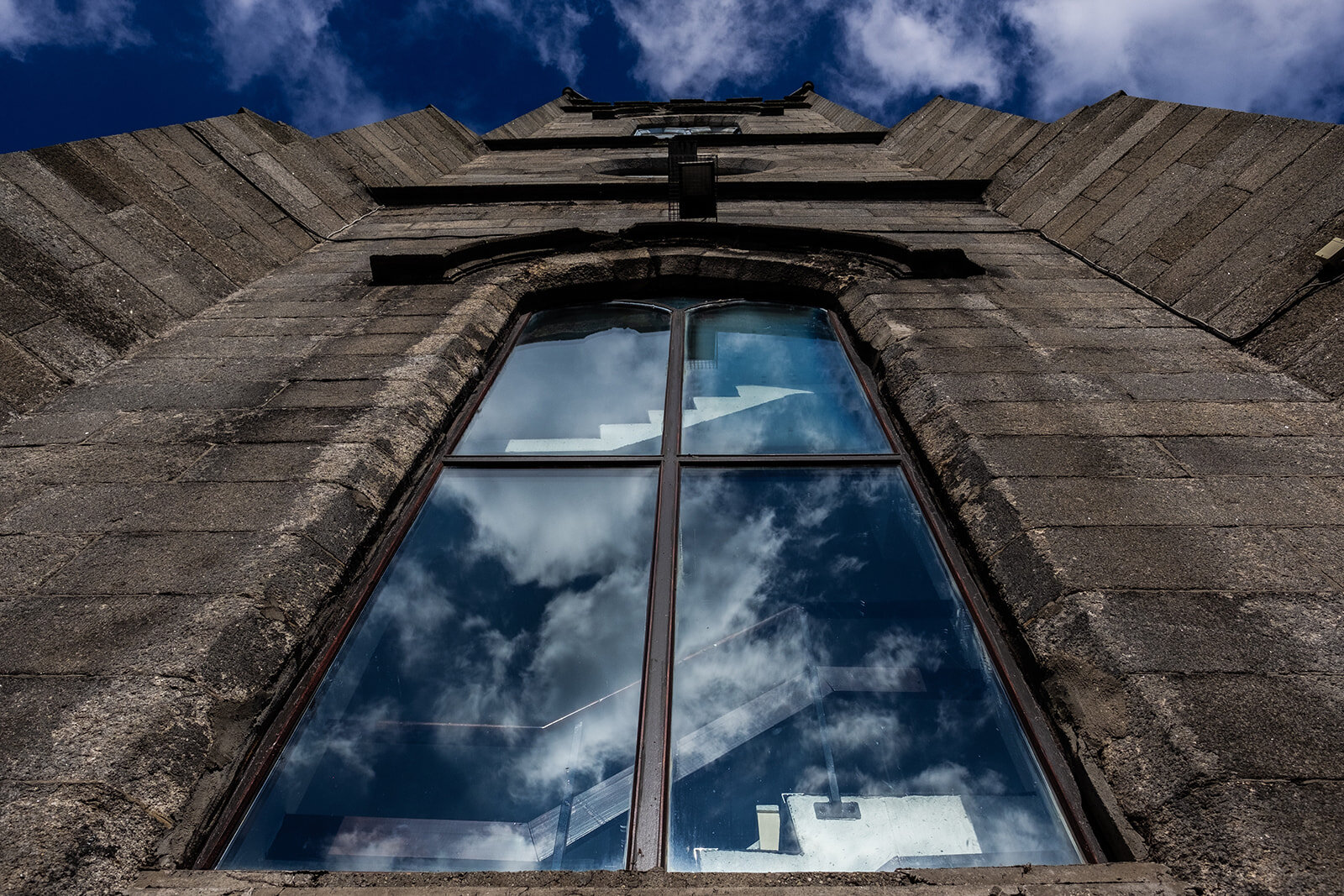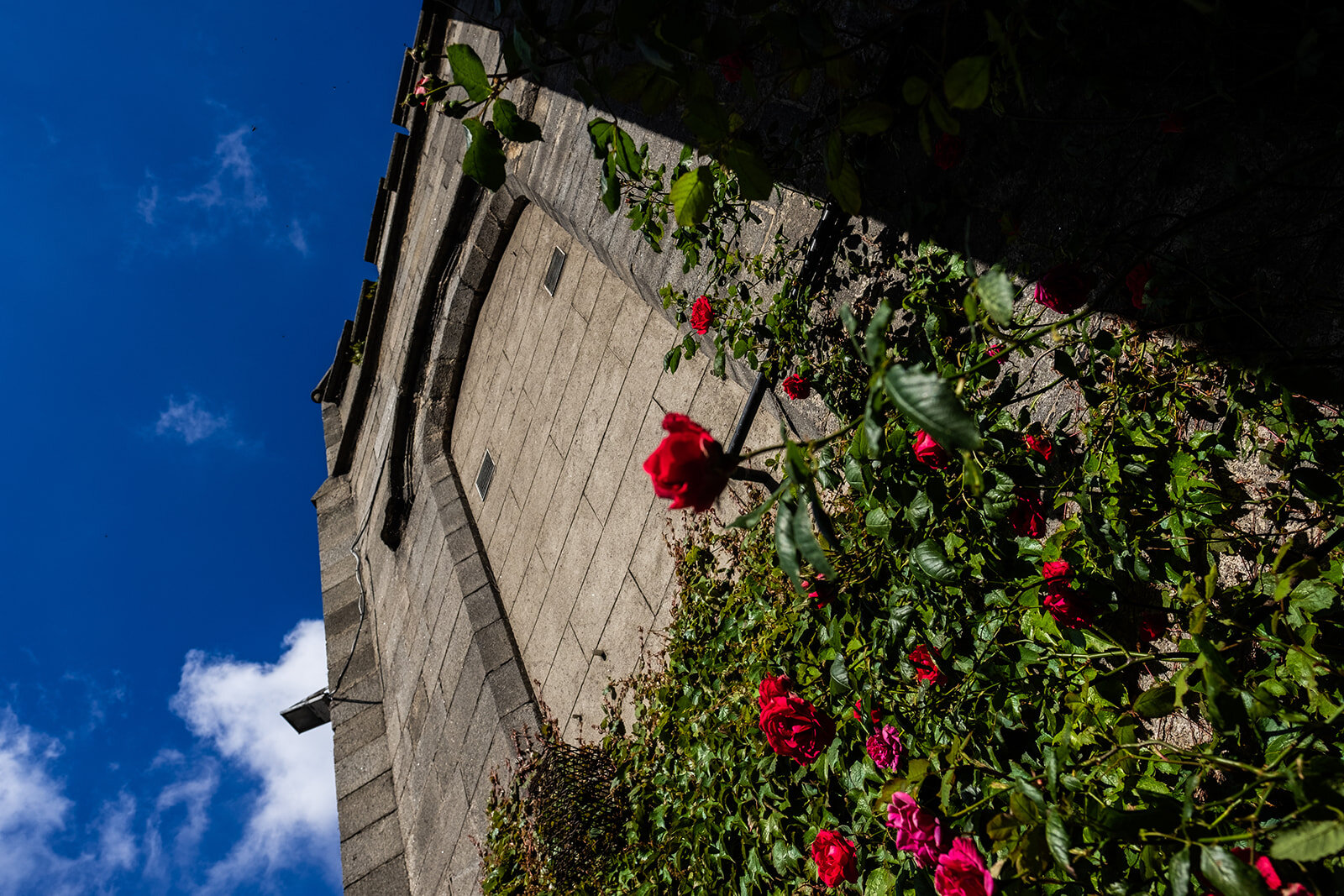
St. Paul’s Smithfield:
a biography of a parish church
St. Paul’s Parish
The parish was formed in 1697 from a sub-division of St. Michan’s, the single medieval parish north of the river. St. Paul’s occupied the area west of the old St. Michan’s, which had seen substantial development since the 1660s, focusing on the market in Smithfield. Both St. Michan’s and St. Mary’s churches survive. There are no known pictorial representations of the first St. Paul’s church which stood here between 1702-1824.
The first church was consecrated on 4 April 1702 and in 1821 was described as a ‘rude specimen of architecture’ with ‘three rugged stone walls, few windows and they disproportionate to the size of the building’ with an ‘enormous roof of an extravagant pitch’. The interior was spacious with a three-sided gallery and an organ to the west end. It was nonetheless in a ‘ruinous and miserable condition’.
The first parish church was built on Oxmantown Green, an area of open commonage developed by the city at Smithfield after 1667. Initial development was elite-led, the bowling green established in the 1680s was the finest in Ireland. Fashion departed and by the 1730s much smaller Dutch Billys were being built by speculative developers, who were well-connected members of the church vestry. One such early gabled building survives today directly opposite the church on North King Street.
John Speede, Dubline, 1610. St. Paul’s parish would extend from the river to the northwestern corner of the map
John Rocque, An Exact Survey of the City and Suburbs of Dublin 1756
A. Muldoon, 101 North King Street
The earlier church was reputed to be the burial place of Robert Emmet .
A plaque to the rear of the present church commemorates Emmet’s 1803 Rebellion, or rather three fusiliers of the 27th Royal North British Regiment who were ‘most barbarously and inhumanely Murdered by a Rebel Banditti ‘. The plaque was restored in 1910 by the 2nd Battalion Royal Scots Fusiliers and given a new surround in white oolithic limestone. St. Paul’s served as a garrison church for several adjacent military barracks and many soldiers are buried in the graveyard to the rear and entered in the surviving registers.
St. Paul’s remained an outpost of the northside elite into the 1750s. It was the venue for the consecration of the philosopher George Berkeley as Bishop of Cloyne in 1734. It’s seats were bought from the parish vestry by prominent gentry families, who baptised their children and buried their dead in the graveyard behind the church. The revenue funded the church and the parish watch, an early local police force.
By the end of the 18th century the parish began a slow decline.
Interior of St. Paul’s church, c. 1980
St. Paul’s church, North King Street, c. 1968-80
The present building was designed by William Farrell in 1824, funded by the Board of First Fruits and described in 1837 as ‘a neat edifice in the Gothic style, with a small but elegant spire’. A chancel and porches were added by Albert E. Murray in 1880, reversing the church’s orientation.
In 1837 there were over 10,000 parishioners; however, the Church of Ireland population in the area declined rapidly in the 20th century. St. Paul’s was deconsecrated on 22 November 1987. The church was converted into small business units has been occupied by the SPADE Enterprise Centre ever since.









